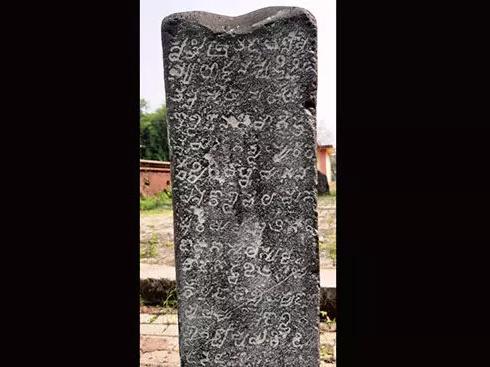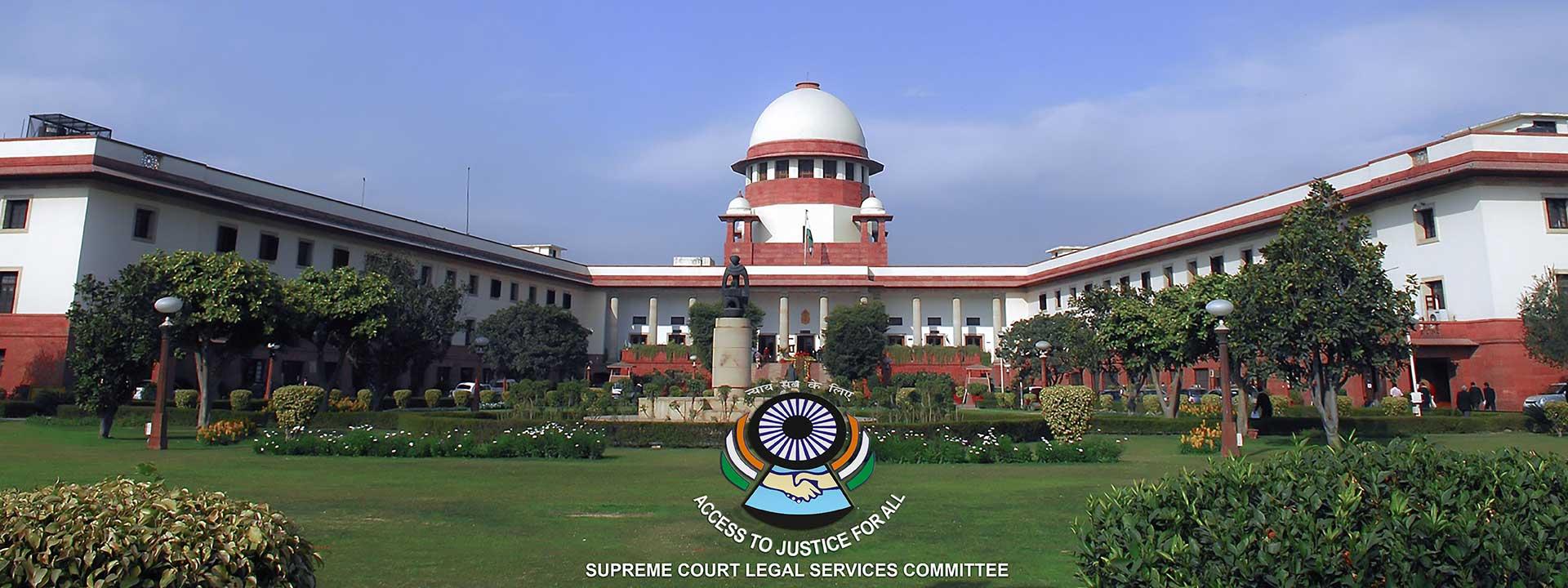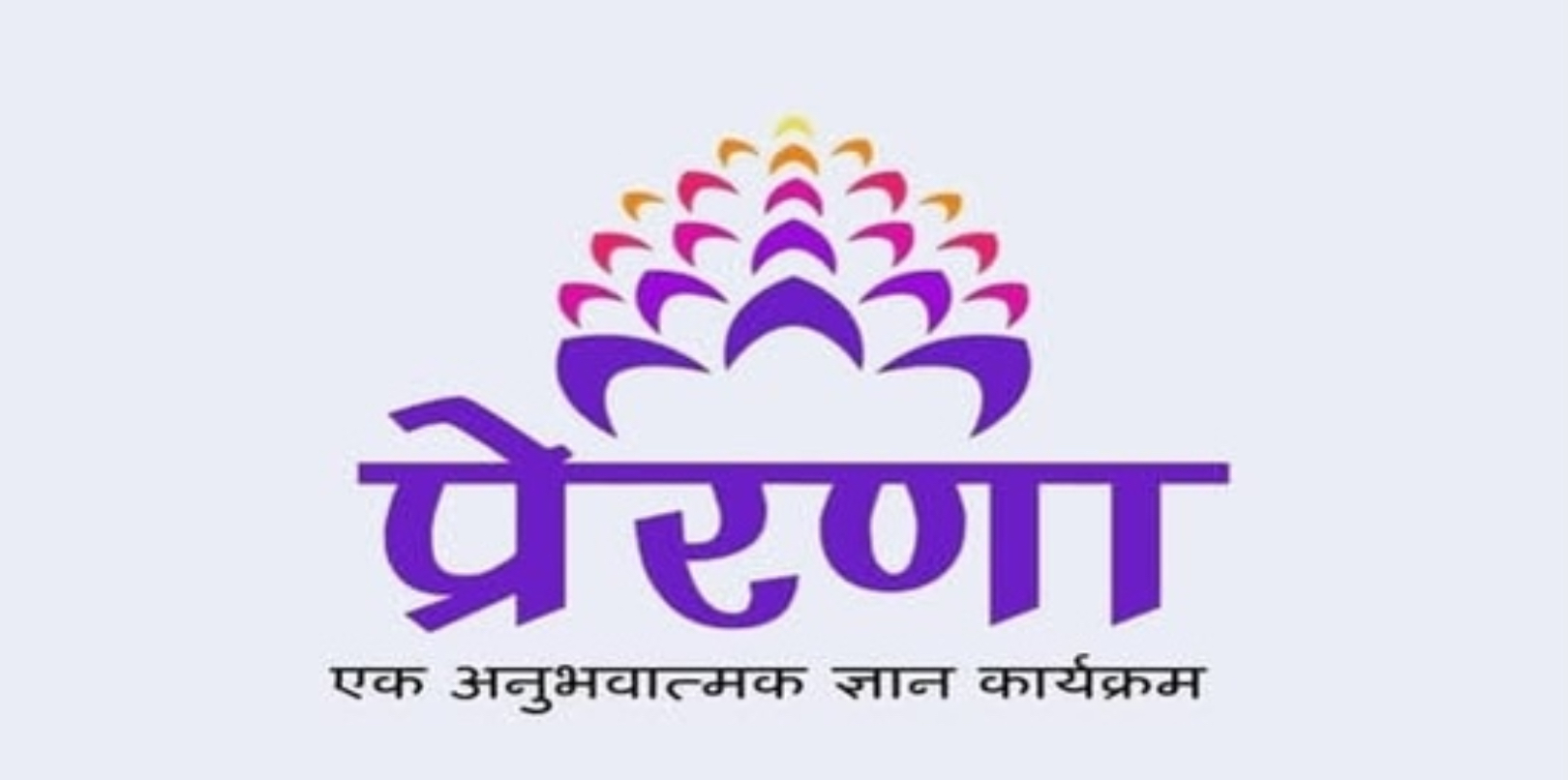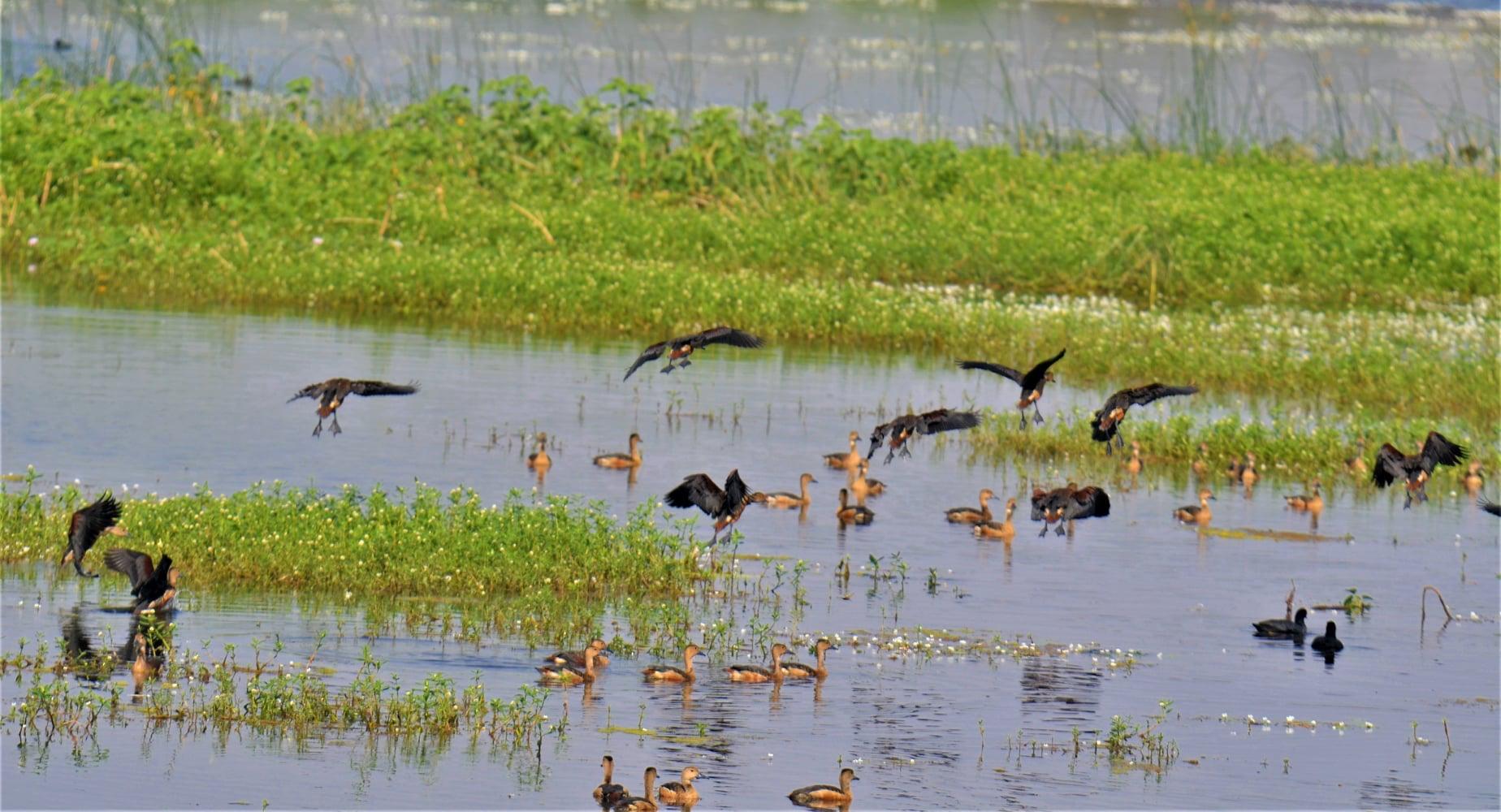10th century Kadamba inscription written in Kannada, Sanskrit found in Goa (The Hindu)

- 05 Jan 2024
Why is it in the News?
An inscription written in Kannada and Sanskrit and said to be of 10th century A.D. Kadamba period has been discovered in the Mahadeva temple at Cacoda in southern Goa.
About the Kadamba Inscription:
- Discovery and Study of the Inscription: The inscription illuminates the Kadamba period in Goa, commencing with the auspicious phrase 'Be it well' (Swasthi Shri).
- It was discovered between the temples of Mahadev and Sateri-Betal at Cacoda in Goa.
- Epigraphic Details: It chronicles the story of Gundayya, Talara Nevayya's son, who vowed to fulfill his father's desire by capturing a Gopura in the port of Goa.
- The inscription is engraved in Kannada and Nagari characters.
- Its literary style mirrors the Talangre inscription of Jayasimha I from the same period.
- The deciphering of the Kadamba stone inscription has brought to light its historical and socio-cultural importance.
- Historical Narrative: The Kadambas of Goa served as subordinates to the Chalukyas.
- Kadamba Shasthadeva, appointed as Mahamandaleshwara of Goa by Chalukyan emperor Tailapa II, played a key role in overthrowing the Rashtrakutas.
- In 960 A.D., Kadamba Shasthadeva conquered Chandavara and the port of Gopakapattana (present Goa).
- Gundayya, Talara Nevayya's son, actively participated in the battle, successfully securing the port but sacrificing his own life.
- To commemorate his son's heroic fight, Talara Nevayya erected a memorial stone with the inscription in the Mahadev temple at Cacoda.
- Socio-cultural Importance: Cacora village, situated near navigable waterways, establishes connections to the Upper Ghat region through the ancient route of Diggi ghat leading to Karnataka.
- Currently a census town under the Municipality of Curchorem Cacora in Goa, Cacoda hosts the Mahadev temple with its affiliated deities, showcasing the cultural richness and historical significance of the area.
Justice Gavai nominated as SC Legal Services Committee Chairman: What law says on free legal aid in India (Indian Express)

- 05 Jan 2024
Why is it in the News
Supreme Court judge Justice BR Gavai has been nominated as the Chairman of the Supreme Court Legal Services Committee (SCLSC), replacing Justice Sanjiv Khanna – the seniormost judge of the top court after the Chief Justice of India (CJI).
What is the Supreme Court Legal Services Committee?
- The Supreme Court Legal Services Committee was constituted under Section 3A of the Legal Services Authorities Act, 1987, to provide “free and competent legal services to the weaker sections of society”, in cases falling under the top court’s jurisdiction.
- Section 3A of the Act states that the Central Authority (the National Legal Services Authority or NALSA) shall constitute the committee.
- It consists of a sitting SC judge, who is the chairman, along with other members possessing the experience and qualifications prescribed by the Centre.
- Both the chairman and other members will be nominated by the CJI. Further, the CJI can appoint the Secretary to the Committee.
Who does the SCLSC comprise?
- As of date, the SCLSC consists of chairperson BR Gavai and nine members nominated by the CJI.
- The Committee, in turn, can appoint officers and other employees as prescribed by the Centre, in consultation with the CJI.
- Besides this, Rule 10 of the NALSA Rules, 1995, entails the numbers, experience, and qualifications of the SCLSC members.
- Under Section 27 of the 1987 Act, the Centre is empowered to make rules in consultation with the CJI, by notification, to carry out the provisions of the Act.
What is the need for legal services and how is it dispensed to the people?
- The need for providing legal services has been underlined in many provisions of the Indian Constitution.
- Article 39A states, “The State shall secure that the operation of the legal system promotes justice, on a basis of equal opportunity, and shall, in particular, provide free legal aid, by suitable legislation or schemes or in any other way, to ensure that opportunities for securing justice are not denied to any citizen by reason of economic or other disabilities.”
- Moreover, Articles 14 (right to equality) and 22(1) (rights to be informed of grounds for arrest) also make it obligatory for the State to ensure equality before the law and a legal system that promotes justice based on equal opportunity.
- Although the idea of a legal aid programme was earlier floated in the 1950s, it was in 1980 that a committee at the national level was established under the chairmanship of then SC judge Justice PN Bhagwati.
- The Committee for Implementing Legal Aid Schemes started monitoring legal aid activities throughout India.
What the Legal Services Authorities Act says?
- In 1987, the Legal Services Authorities Act was enacted to give a statutory base to legal aid programmes.
- It aims to provide free and competent legal services to eligible groups, including women, children, SC/ST and EWS categories, industrial workers, disabled persons, and others.
- Under the Act, NALSA was constituted in 1995 to monitor and evaluate the implementation of legal aid programmes and to lay down policies for making legal services available.
- A nationwide network has been envisaged under the Act for providing legal aid and assistance.
- It also disburses funds and grants to State Legal Services Authorities and NGOs for implementing legal aid schemes and programmes.
- Subsequently, in every state, State Legal Services Authorities (SLSA) were established to implement NALSA’s policies and directions, give free legal services to people, and conduct Lok Adalats.
- An SLSA is headed by the Chief Justice of the respective High Court and includes the senior HC judge as its Executive Chairman.
- While the HC Chief Justice is the patron-in-chief of the SLSA, the CJI is the patron-in-chief of NALSA.
- Similarly, District Legal Services Authorities (DLSAs) and Taluk Legal Services Committees were established in districts and most taluks.
- Situated in the District Courts Complex in every district, each DLSA is chaired by the District Judge of the respective district.
- The Taluka or Sub-Divisional Legal Services Committees are headed by a senior civil judge.
- Collectively, these bodies organise legal awareness camps, provide free legal services, and supply and obtain certified order copies and other legal documents, among other functions.
How graphene semiconductors can revolutionise electronics and computing (Front Line)

- 05 Jan 2024
Why is it in the News
Recently, Scientists have made a breakthrough in electronics, creating the world’s first functional semiconductor made from graphene—a material known for being tough, flexible, light and with a high resistance.
What is Graphene?
- Graphene is a single sheet of carbon atoms—a 2D material held together by the strongest chemical bonds known.
- These carbons are arranged in tessellated hexagons, much like honeycomb.
- It is an incredibly strong material. It’s so strong we can hold up a football with just one atomic layer of graphene.
- Graphene is also incredibly flexible, making it ideal for use in electrical devices and batteries, or even printed on glass, plastics or fabrics.
Keys Properties of Graphene:
- Strength: it is the strongest material ever measured, about 200 times stronger than steel.
- This is because the strong covalent bonds between carbon atoms in the hexagonal lattice make it very difficult to break apart.
- Conductivity: Graphene is also an excellent conductor of heat and electricity.
- In fact, it is the best conductor of heat at room temperature of any known material.
- This is because the electrons in graphene can move freely through the lattice without encountering any obstacles.
- Transparency: Graphene is almost completely transparent to light, absorbing only about 2.3% of visible light.
- This makes it a promising material for use in transparent electronics and solar cells.
- Flexibility: Graphene is also incredibly flexible, and can be bent and folded without breaking.
- This makes it a good candidate for use in flexible electronics, such as wearable devices.
- These properties make graphene a potential game-changer for a wide range of industries, including electronics, energy, transportation, and medicine.
Potential Applications of Graphene:
- Electronics: Graphene could be used to make transistors that are much faster and more efficient than the silicon transistors used in today's electronics.
- This could lead to the development of smaller, lighter, and more powerful devices.
- Energy: Graphene could be used to make solar cells that are more efficient at converting sunlight into electricity.
- It could also be used to make batteries that are lighter and have longer lifespans.
- Transportation: Graphene could be used to make lighter and stronger airplanes and cars.
- It could also be used to make more efficient batteries for electric vehicles.
- Medicine: Graphene could be used to make sensors that can detect diseases at an early stage.
- It could also be used to deliver drugs directly to diseased cells.
Drawback of Graphene:
- Graphene has major drawbacks, which has prevented its use in electronics.
- One major issue is known as the “band gap problem.”
- The band gap is a crucial electronic property that allows semiconductors to switch on and off.
- Graphene didn’t have a band gap—until now.
- Despite its promise, graphene is still a relatively new material and there are a number of challenges that need to be overcome before it can be widely used.
- One challenge is that it is difficult and expensive to produce large sheets of high-quality graphene.
- Another challenge is that graphene is very sensitive to its environment, and its properties can be easily affected by the presence of even small amounts of impurities.
- However, researchers are making rapid progress in overcoming these challenges, and it is likely that graphene will become a common material in the near future.
- With its unique properties, graphene has the potential to revolutionize many different industries and improve our lives in countless ways.
PM’s school becomes base for week-long residential programme for students (The Hindu)

- 05 Jan 2024
Why is it in the News
The Ministry of Education on Thursday launched ‘Prerana’, an experiential learning programme, which will operate from the vernacular school in Prime Minister Narendra Modi’s birthplace Vadnagar, Gujarat where Mr. Modi studied when he was a student.
Context:
- The Department of School Education & Literacy, operating under the Ministry of Education, Government of India, has unveiled 'Prerana: An experiential learning program.'
- This innovative initiative is specifically crafted to deliver a profound, distinctive, and motivational learning experience to its participants.
- The overarching goal of this program is to cultivate and nurture leadership qualities among the individuals involved, thereby contributing to their holistic development and empowering them with the skills necessary for effective leadership in various contexts.
What is ‘Prerna’ Program?
- Prerana is driven by a strong commitment to integrate principles of Indian education system and the philosophy of value-based education which is a corner stone of the National Education Policy (NEP) 2020.
- It is a week-long residential program for selected students of class IX to XII.
- It is an experiential and inspirational learning program for students with the best-in-class technology where heritage meets innovation.
- A batch of 20 selected students (10 boys and 10 girls) will attend the program, every week from various parts of the country.
- Prerana program will run from a Vernacular School, established in 1888, in one of the oldest living cities of India, Vadnagar, district Mehsana, Gujarat.
- The curriculum of Prerana School prepared by IIT Gandhi Nagar is rooted in nine value based themes:
- Swabhiman and Vinay
- Shaurya and Sahas
- Parishram and Samarpan
- Karuna and Sewa
- Vividhta and Ekta
- Satyanishtha and Shuchita
- Navachar and Jigyasa
- Shraddha aur Vishwas, and
- Swatantrata and Kartavya.
- The program based on above themes will inspire the youth and foster respect for Bharat's unity in diversity, embodying the spirit of "Vasudhaiva Kutumbakam" and will contribute by making the youth of today, a flame holder for Viksit Bharat.
- Towards this endeavour, the participants will be guided by mentors from prestigious institutions.
- Selection Procedure: Students can register through the portal, wherein applicants can fill the requisite details to be a part of the ambitious and aspirational Prerana program.
- The registered applicants will go through a selection process, as prescribed on the portal.
- Applicants can also join the selection procedure conducted at the School/block level, on designated ‘Prerana Utsav’ day, through various activities based on the ethos of Prerana to evaluate for well rounded personalities keen to shape the future of our nation.
- Upon selection, the 20 participants (10 boys and 10 girls) will be attending the Prerana program and embark on a journey of inspiration, innovation, and self-discovery.
- After the program, the participants will carry the ethos of Prerana into their respective communities, become change makers and spark positive change to inspire others.
Ministry of Environment, Forest, and Climate Change submits proposals for Wetland City Accreditation under the Ramsar Convention on Wetlands for cities of Indore, Bhopal and Udaipur (The New Indian Express)

- 05 Jan 2024
Why is it in the News
MoEF&CC has submitted three nominations from India for Wetland City Accreditation (WCA) of Indore (Madhya Pradesh), Bhopal (Madhya Pradesh) & Udaipur (Rajasthan) under the Ramsar Convention on Wetlands.
What is Wetland City Accreditation (WCA)?
- Recognizing the importance of wetlands in urban and peri-urban environments and to take appropriate measures to conserve and protect these wetlands, the Ramsar Convention during COP12 held in the year 2015 approved a voluntary Wetland City Accreditation system under Resolution XII.10.
- It recognizes cities which have taken exceptional steps to safeguard their urban wetlands.
- The Wetland City Accreditation scheme aims to further promote the conservation and wise use of urban and peri-urban wetlands, as well as sustainable socio-economic benefits for local populations.
- Additionally, the Accreditation seeks to encourage cities that are close to and dependent on wetlands.
- Primarily Wetlands of International Importance, but also wetlands with other conservation category status, to develop and strengthen a positive relationship with these valuable ecosystems.
- To be formally accredited, a candidate for the Wetland City Accreditation should satisfy the standards used to implement each of the six international criteria mentioned Operational Guidance for WCA of the Ramsar Convention on Wetlands.
- This voluntary scheme provides an opportunity for cities that value their natural or human-made wetlands to gain international recognition and positive branding opportunities for their efforts in demonstrating strong positive relationships with wetlands.
- The ongoing Amrit Dharohar initiative of the MoEF&CC announced as part of this year’s budget also aims to achieve similar goals by promoting unique conservation values of Ramsar Sites.
- In this context, WCA will not only generate public awareness about conservation of urban and peri-urban wetlands but will also help in implementation of Amrit Dharohar across the country.
The Three Nominated Cities Include:
- Indore: Founded by Holkars, Indore is the cleanest city in India and the recipient of India’s Smart City Award 2023 for its best sanitation, water and urban environment.
- Sirpur Lake, a Ramsar Site in the city, has been recognised as an important site for water bird congregation and is being developed as a Bird Sanctuary.
- A strong network of more than 200 wetland mitras is engaged in bird conservation and sensitising local community to protect Sarus Crane.
- Bhopal: One of the cleanest cities in India that has proposed conservation zones around the wetlands in its draft City Development Plan 2031.
- Bhoj Wetland, Ramsar Site is the city’s lifeline, equipped with the world-class wetlands interpretation centre, Jal Tarang.
- Additionally, the Bhopal Municipal Corporation has a dedicated Lake Conservation Cell.
- A network of more than 300 wetland mitras is engaged in wetland management and conservation of Sarus Crane.
- Udaipur: Located in Rajasthan, the city is surrounded by five major wetlands, namely, Pichola, Fateh Sagar, Rang Sagar, Swaroop Sagar, and Doodh Talai.
These wetlands are an integral part of the city’s culture and identity, help maintain the city’s microclimate, and provide a buffer from extreme events.
